Sacroiliac Joint Dysfunction
Table of Contents
What is Sacroiliac Joint Dysfunction?
Sacroiliac joint dysfunction is a condition where the sacroiliac joint, which connects the sacrum to the ilium, becomes tender and swollen. This can cause pain in the lower back and buttocks that may radiate down into the legs. Treatment for this condition typically involves resting, over-the-counter painkillers, muscle relaxants, and anti-inflammatory drugs.
The sacroiliac joint is a joint between the sacrum and the ilium, or pelvic bone. The 2 sides of the sacroiliac joint normally work together. If 1 side becomes stiff, they will not move together and this causes pain or muscle stiffness in the area. Pain is often made worse with walking and bending activities. It is also possible that 1 side may become too loose (lax) as well, resulting in SIJ dysfunction.
This may occur during the menstrual cycle or pregnancy due to hormonal changes that cause the ligaments to become more lax. SIJ dysfunction can occur with injury, such as when a person falls and lands on 1 side of the body and alters the position of the joint, or when an athlete overtrains. Muscle imbalances and hip problems, such as hypermobility or dysplasia, may also lead to SIJ dysfunction. Sacroiliac pain is also related to some types of arthritis, such as ankylosing spondylitis, an inflammatory process most often affecting the lower back, which may cause the vertebrae to fuse.
Anatomy of SI Joint:
The sacroiliac joint is a true diarthrodial joint that joins the sacrum to the pelvis. The sacrum connects on the right and left sides to the ilia (pelvic bones) to form the sacroiliac joints. The pelvic girdle is made up of two innominate bones (the iliac bones) and the sacrum. The innominate bones join in the front of the pelvis to form the pubic symphysis, and at back of the sacrum to form the sacroiliac (SI) joints. Each innominate bone (ilium) joins the femur (thigh bone) to form the hip joint; thus the sacroiliac joint moves with walking and movement of the torso.
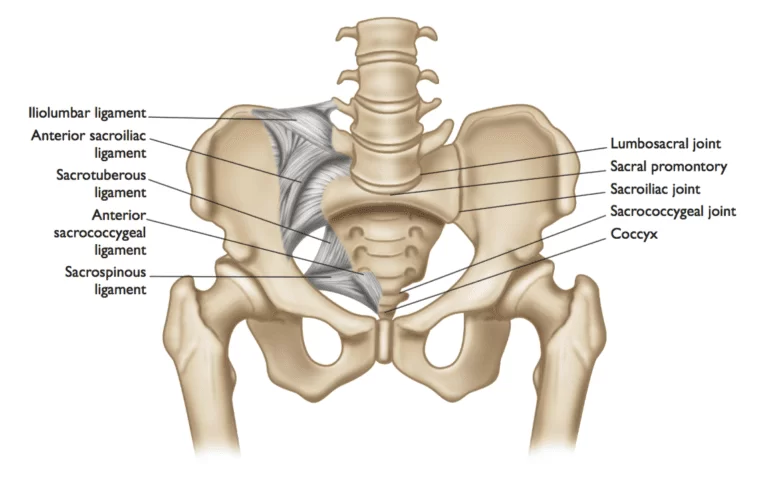
In this joint, hyaline cartilage on the sacral side moves against fibrocartilage on the iliac side. The sacroiliac joint contains numerous ridges and depressions that function in stability.
Muscles and ligaments surround and attach to the SI joint in the front and back, primarily on the ilial or sacral surfaces. These can all be a source of pain and inflammation if the SI joint is dysfunctional. The sacroiliac joint is highly dependent on its strong ligamentous structure for support and stability. The most commonly disrupted and/or torn ligaments are the iliolumbar ligament and the posterior sacroiliac ligament. The ligamentous structures offer resistance to shear and loading.
The deep anterior, posterior, and interosseous ligaments resist the load of the sacrum relative to the ilium. More superficial ligaments (e.g., the sacrotuberous ligament) react to dynamic motions (such as straight-leg raising during physical motion). The long dorsal sacroiliac ligament can become stretched in periods of reduced lumbar lordosis (e.g., during pregnancy).
Symptoms of sacroiliac joint dysfunction :
- Difficulty in Prolonged standing Bearing more weight on one leg than the other, Stair climbing, Running, and Taking large strides
- Dull, achy unilateral lower back pain, below the L5 level (although it may be felt on both sides in some cases).
- Low Back Pain that radiates to the hips, groin, and/or buttocks.
- Numbness and tingling may radiate into the buttocks and/or back of the thigh; this type of pain rarely extends below the level of the knee. (sciatica Pain)
- Stiffness and decreased range of motion in the lower back, pelvis, hips, and groin may result in difficulty with walking, bending, and/or changing positions from sitting to standing.
- Increased pain when pressure is applied to the affected SIJ (i.e. lying on the affected side, etc.).
- Instability of the lower back and/or pelvis, which may lead to a feeling that the pelvis is going to “give out” when walking, or standing.
- Sleep disturbances due to pain.
- Inability to sit for prolonged periods due to pain.
Causes of sacroiliac joint dysfunction :
Traumatic injury. A sudden impact, such as a motor vehicle accident or a fall, can damage your sacroiliac joints.
Arthritis. Wear-and-tear arthritis (osteoarthritis) can occur in sacroiliac joints, as can ankylosing spondylitis — a type of inflammatory arthritis that affects the spine.
Pregnancy. The sacroiliac joints must loosen and stretch to accommodate childbirth. The added weight and altered gait during pregnancy can cause additional stress on these joints and can lead to abnormal wear.
Infection. In rare cases, the sacroiliac joint can become infected.
DIAGNOSIS:
An X-ray of your pelvis can reveal signs of damage to the sacroiliac joint. If ankylosing spondylitis is suspected, your doctor might recommend an MRI — a test that uses radio waves and a strong magnetic field to produce very detailed cross-sectional images of both bone and soft tissues.
EXAMINATION:
Sacral thrust test:
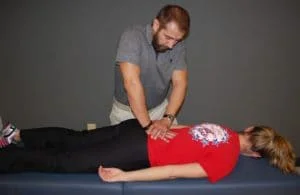
Sacral thrust test, in which pressure is applied to the back of the hips while lying face down (prone) on an examination table. The sacral thrust test is considered positive when this pressure reproduces pain.
FABER test:
FABER test, in which while lying on the back, one leg is kept straight while the other foot touches the inside of the straight knee. Pressure is applied to the SI joint by gently pushing the bent knee down and out. Modifications to this test can include pulling the bent knee straight up toward the chest, and/or moving it from side to side. Downward pressure may also be applied to the opposite hip. The FABER test is considered positive if these movements reproduce pain or cannot be completed due to a limited range of motion. This test can reproduce pain in the hip, lower lumbar region, and/or the SI joint, and pin-pointing the pain location is important before concluding this test as positive for SI joint pain.
How to relieve sacroiliac joint pain?
Pain medication. Over-the-counter pain relievers (such as acetaminophen) and anti-inflammatory medications (NSAIDs, such as ibuprofen or naproxen) may be recommended for mild to moderate pain relief. Prescription medications such as muscle relaxants or narcotic painkillers may be used during episodes of severe, acute pain. These medications must be used with caution, as they are highly addictive and can cause severe side effects.
Joint injections: Steroids can reduce the swelling and inflammation of the nerves. Joint injections are a minimally invasive procedure that involves an injection of a corticosteroid and an analgesic-numbing agent into the painful joint. While the results tend to be temporary, if the injections are helpful they can be repeated up to three times a year.
PHYSIOTHERAPY TREATMENT:
Hot and cold Pack treatments are often prescribed to loosen up tight muscles prior to treatment or to alleviate pain following exercise.
Interferential Therapy (IFT) uses electricity to target nerve fibers that send pain signals to the brain and may also be used in conjunction with ice to provide pain relief.
Braces. Your physical therapist may also recommend wearing a sacroiliac belt, designed to provide support to the sacroiliac joints. It is used to provide stability during daily activities as your strength returns, and flexibility improves. This modality is especially helpful for pregnant women.
Sacroiliac joint dysfunction exercises :
Knee-to-Chest Stretch:
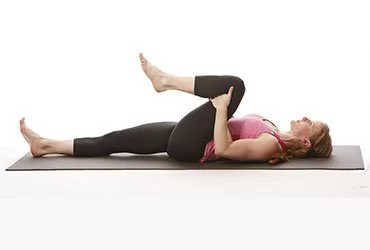
Lie on your back with your legs extended. Exhale as you draw one knee to the chest and hold it for 5-10 seconds. Inhale as you lower the leg back to the mat and then repeat with the alternate leg. Continue this process until you have completed 8-10 repetitions per leg. Those with severe lower back pain may find it less painful to keep the unengaged leg in a bent position with the foot flat on the ground during this SI exercise.
Double knee to chest:
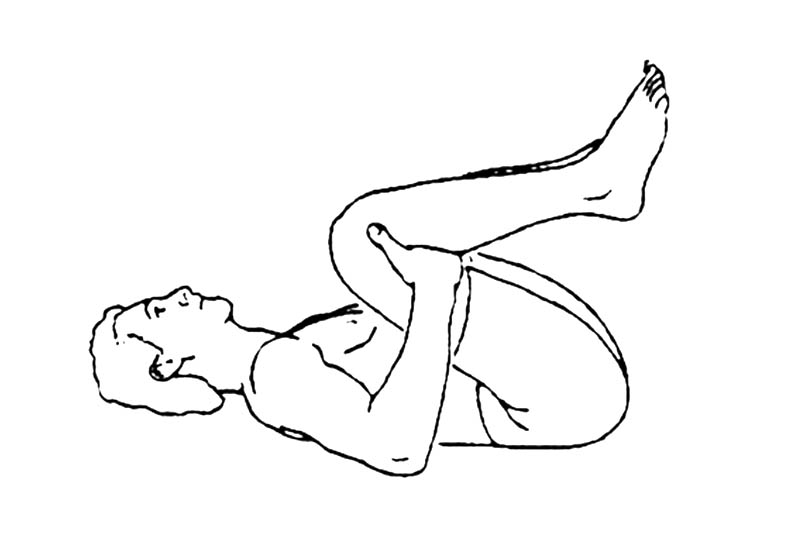
Lie on your back with your knees bent and your feet flat on the floor. Tighten your stomach muscles and push your lower back into the floor. Pull both knees up to your chest. Hold for 5 seconds. Relax and then repeat 10 to 20 times.
Lumbar Rotation:
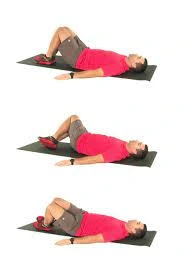
To begin, lay flat your back with the knees bent and both your feet flat on the floor. Keeping the lower back anchored on the floor and the lower spine relatively still, allow your knees to gently sway to the left, hold for a few seconds, and then return the knees to center. Now repeat this process on your right side. Continue this process until you have completed 8-10 repetitions for each leg.
Bridge:
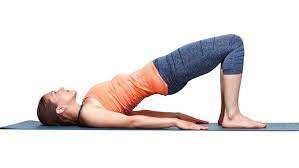
lie on your back with your knees bent your arms against the body and your palms against the floor. Squeeze the buttocks and raise the hips off the ground to bring the torso into a straight diagonal line. Hold this position for 5 seconds then slowly lower yourself back to the ground. Repeat 8-10 times.
Hamstring stretches:
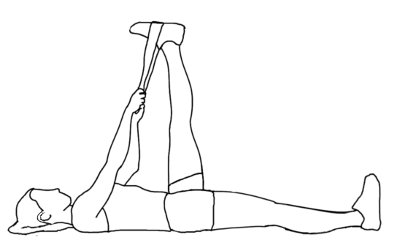
Lie on the back, supporting the thigh with the hand or with a towel wrapped around it. Slowly straighten the knee until a stretch is felt in the back of the thigh, trying to get the bottom of the foot to face the ceiling, one leg at a time. Hold the position initially for 10 seconds, and gradually work up to 20 to 30 seconds.
Ball Squeeze between knee:
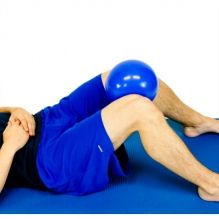
begin lying on your back, with your knees bent to 90 degrees, with a ball positioned in between your knees, and feet positioned flat on the floor. Have a natural arch to your lower back and pull your belly button in towards your spine. Squeeze the ball with your knees.
Hold for 10 seconds.
Aim for 10 repetitions.
Bird Dog:
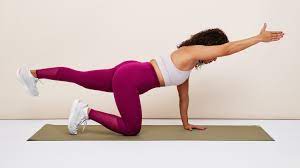
Begin on your hands and knees with your hands positioned under your shoulders and knees positioned under your hips.
Raise your left arm and reach it forward until it is aligned with your torso; at the same time, kick your right leg backward until is it aligned with your torso. Hold this position for 2-3 seconds before slowly returning to the starting position.
Repeat with your right arm and left leg.
Alternate sides for 10 repetitions.
Ensure that your head, neck, and back maintain a neutral alignment to minimize stress on your neck.
DO’S and DON’TS:
Proper lifting techniques
Good posture during sitting, standing, moving, and sleeping
Regular exercise with stretching /strengthening
An ergonomic work area
Good nutrition, healthy weight, lean body mass
Stress management and relaxation techniques
No smoking
Avoid sit-ups, bending from the waist, and other harmful motions
Lose excess weight

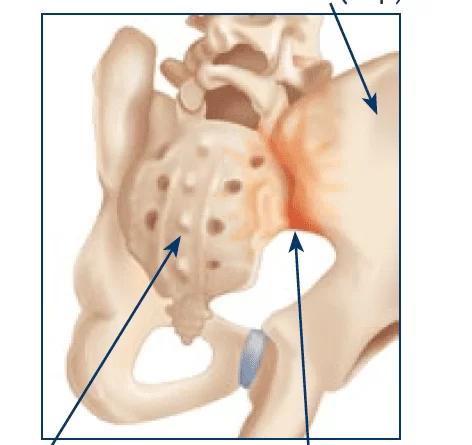
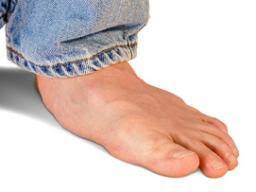

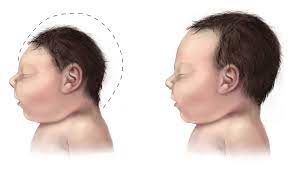
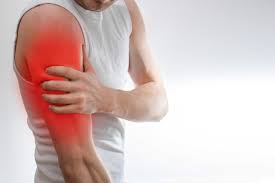
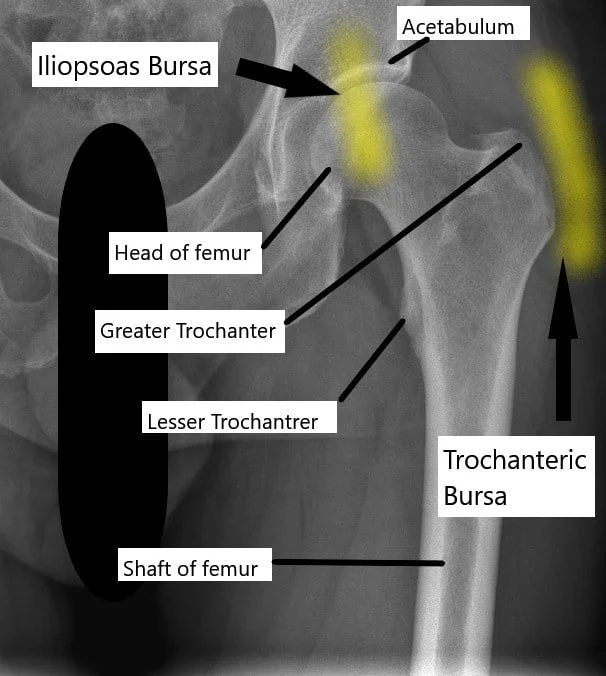
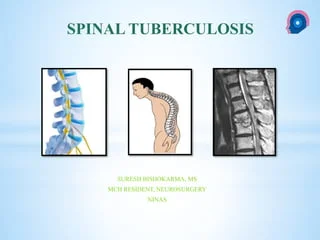
Wish to visit yor samarpan physiotherapy centre